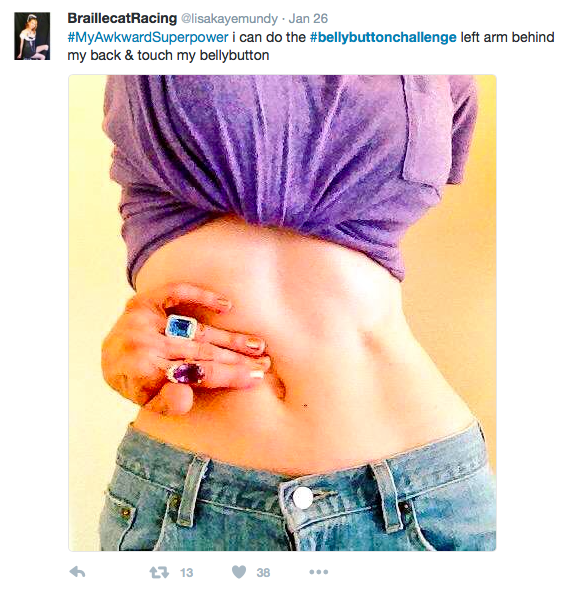The fact that we are under surveillance is a kind of shared awareness in the modern society. Maybe for some who are absolutely not care about being watched by others, surveillance could never become a concern. But people started to gain a deeper understanding on the government’s surveillance and its impact, especially after Snowden’s revelation.
1) Can you hear me now?
It was reported and revealed that the US government and NSA was collecting caller information from Verizon, AT&T, and Bellsouth from 2001. The fact maybe unacceptable since the government ordered those companies to hand over detailed call information which includes time and location. However, the unpleasant truth is that, based on the America’s Law, the telecommunications providers have to build the networks in ways that “make the surveillance and interception possible (Richards, 2013, p. 1941)”.
Though the US officials claimed that such surveillance was legal and necessary to keep the nation secure, I am not surprised that many citizens would argue that the action went too far. Because information as personal phone calls is considered very “private”, let alone telephone wiretapping. If the case was like the FBI listened to Dr. King’s telephone conversation in order to seek the blackmail information, it would be more understandable, but apparently, the government can get all of our records. Therefore, Richards points out in the article that total surveillance is illegitimated, and must be “subjected to meaningful judicial process before it is authorized (p. 1961)”.
2) Yes we scan
According to the secret PowerPoint leaked by Snowden, the NSA’s was involved in a clandestine program called PRISM, in which the NSA collects data including email content, search histories and file transfers, etc. With its collaborated internet companies’ names listed, almost all the digital activities we conduct online could be known to the government. When the program was exposed, it was criticized for its ability to collect data “unintentionally”. Just as what is mentioned by Richards—secret surveillance is illegitimated—citizens should have the right to know what is watched by the government.
Richards also points out the information flow between the government and private companies—“Government and nongovernment surveillance support each other in a complex manner that is often impossible to disentangle (p. 1940)”. Apparently, in most times, the government turned to those private internet companies to ask for detailed, personal information. So in order to protect users’ privacy, restrictions should also be placed among those companies.
The surveillance of those personal digital activities may also results in bad consequence like blackmail, since it “gives the watcher greater power to influence (Richards, 2013, p. 1953)”. It reminds me of the drama Shut Up and Dance in Black Mirror, in which the victims are controlled and even forced to commit crimes by anonymous watcher, who threatening them to reveal their embarrassing secrets—some were released through email, some were recorded from the laptop’s camera.













